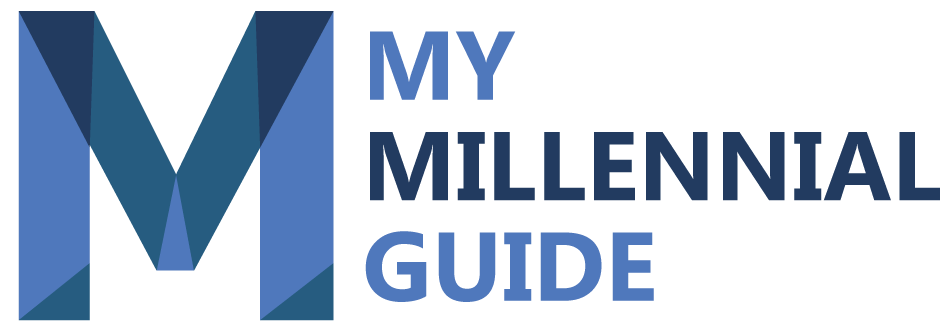In an ideal world, new graduates would find work within weeks of finishing their degree.
But the reality is that it can take months, sometimes a full year to find a job related to their field of study.
Repaying your student loans immediately after graduation while you’re unemployed or working for minimum wage can put a huge strain on you and your checking account balance.
Fortunately, there are government services and programs that exist, such as Loan Forgiveness programs, that are designed to help you pay your loans or reduce your student debt for Doctors and Nurses in the healthcare and medical field.
Loan Forgiveness and Giving Back Programs in the US (2025 Update)
Public Service Loan Forgiveness (PSLF)
The Public Service Loan Forgiveness (PSLF) Program forgives the remaining balance on your Direct Loans after you have made 120 qualifying monthly payments under a qualifying repayment plan while working full-time for a qualifying employer. This includes government organizations and 501(c)(3) non-profit organizations. If you're a doctor working at a qualifying nonprofit or public hospital, you can benefit from this program.
State Loan Repayment Programs
Many states offer student loan repayment programs for healthcare professionals and other public service workers. Eligibility varies by state, and the Association of American Medical Colleges (AAMC) maintains a comprehensive database of both state and federal programs. Check with your state’s health department for the most up-to-date opportunities.
National Health Service Corps (NHSC) Loan Repayment Program
Licensed primary care clinicians, including doctors serving in underserved areas, can receive loan repayment assistance through the NHSC Loan Repayment Program. In exchange, participants commit to at least two years of service at an NHSC-approved site in a Health Professional Shortage Area (HPSA). There are additional incentives for Spanish-speaking clinicians and those serving in critical shortage areas.
NHSC Students to Service Loan Repayment Program (S2S LRP)
Medical, nursing, and dental students in their final year may qualify for the NHSC Students to Service Loan Repayment Program. In return for loan repayment assistance, participants agree to provide at least three years of service at an NHSC-approved site in a designated HPSA.
NHSC Substance Use Disorder (SUD) Workforce Loan Repayment Program
The NHSC SUD Workforce Loan Repayment Program was created to combat the opioid crisis. It supports healthcare professionals working in substance use disorder treatment facilities within underserved areas. Eligible participants receive loan repayment assistance in exchange for service at qualifying facilities.
National Institutes of Health (NIH) Loan Repayment Programs
The NIH Loan Repayment Programs aim to recruit and retain highly qualified health professionals in biomedical and biobehavioral research. These programs repay up to $50,000 annually of a researcher's qualified educational debt in return for a commitment to NIH mission-relevant research. Both extramural (non-NIH-employed) and intramural (NIH-employed) researchers can apply.
Indian Health Service (IHS) Loan Repayment Program
The IHS Loan Repayment Program offers up to $40,000 for student loan repayment in exchange for a two-year service commitment at healthcare facilities serving American Indian and Alaska Native communities. This program encourages healthcare professionals to work in underserved areas.
Military Loan Repayment Programs
Each branch of the U.S. military offers loan repayment programs as incentives for highly qualified applicants. For example, the Army's Loan Repayment Program (LRP) repays a portion of a soldier's qualifying student loans. Eligibility is based on military occupational specialties (MOSs) and specific service commitments.
Final Thoughts
Loan forgiveness and repayment programs can significantly reduce the burden of student debt, especially for those in public service, healthcare, and research roles. Always verify eligibility requirements and deadlines on the official program websites or consult with a financial advisor to make the most informed decision.
- Public Service Loan Forgiveness (PSLF)
- State Loan Repayment Programs
- National Health Service Corps (NHSC) Loan Repayment Program
- NHSC Students to Service Loan Repayment Program (S2S LRP)
- NHSC Substance Use Disorder (SUD) Workforce Loan Repayment Program
- National Institutes of Health (NIH) Loan Repayment Programs
- Indian Health Service (IHS) Loan Repayment Program
- Military Loan Repayment Programs








